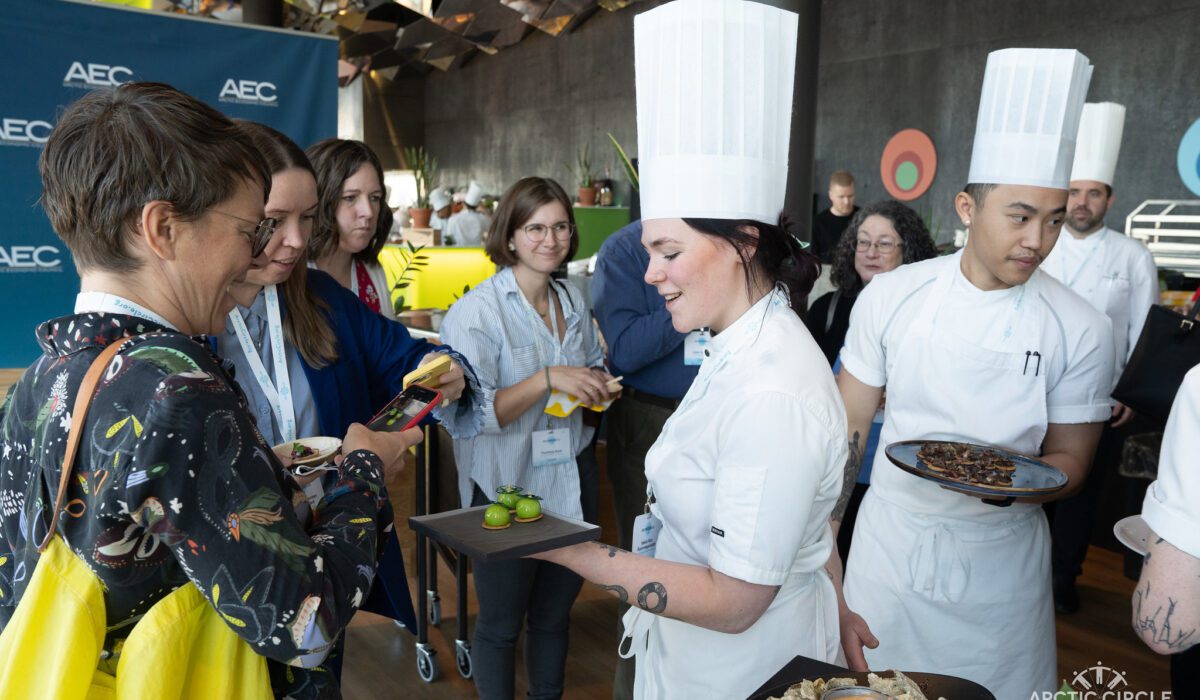
Arctic Food industries need infrastructure, partnerships and marketing
Some of the most important challenges for the food industry in the Arctic are unreliable and expensive transportation networks, brain drain with young people migrating away, and the prevalent stereotypical portrayal of the Arctic according to the new report on the Arctic food sector. The report from the Arctic Economic Council (AEC) also states recommendations to overcome these challenges.
The Arctic is an important food-producing region. Critical to not only the local economies for job and wealth creation but on a national level as well. The traditional seafood industry is still the cornerstone of the Arctic economies. In Greenland for example where 98% of the value from export comes from seafood. However, the food industry of the north is changing.
“With this report on the state of the Arctic food we want to provide the baseline data on the current situation in eight Arctic economies with the challenges and opportunities. We then also look into the crystal ball of the future of food and give recommendations to what policymakers could do to support a vital industry”, says Mads Qvist Frederiksen, the Executive director of the Arctic Economic Council.
Today, new products such as seaweed, shellfish and unique dairy products are entering the markets. Some companies use local renewable energy sources to produce vertically-farmed vegetables and mushrooms. This means more locally fresh food with less emissions. Many traditional Arctic seafood companies are branching out to new innovative products using what previously was considered waste to now make high-value products. Shrimp shells are being used to make heart medicine. Fish skin can be used for clothes, collagen drinks or in pharmaceuticals.
“The full potential of the food sector is yet to be untapped. We need to support sustainable development by investing in infrastructure, retaining talents by fostering new partnerships throughout the food value chain and diversify the economies. This is for example through a full, meaningful utilization of food products”, says Mads Qvist Frederiksen.
As the global population is expected to reach 9.7 billion by 2050 according to the UN, the market for sustainable food production will grow. Already today, there is a strong consumer interest in products harvested from the clean Arctic environment and from indigenous food practices. This lays a solid ground for further opportunities for the Arctic food and beverage industry, including through the development of culinary tourism.
Tomorrow’s production processes are culturally relevant, bolster local and Indigenous foodways, respect and safeguard the natural world, and encourage creativity. The Arctic offers all of that, today.
“Arctic food systems is a part of the Norwegian Chairship priorities programme for the Arctic Council. We need to improve our knowledge of the best sustainable development practices the food industry of the Arctic region can offer and how can we facilitate the development of the industry, especially those that incorporate traditional indigenous knowledge and expertise. Sustainable management of the natural resources of the Arctic is an essential basis for sustainable economic development. We therefore welcome the report of the AEC on the state of Arctic food,” says Morten Høglund, Chair of the Senior Arctic officials of the Arctic Council.
You can find the complete report here.
Report has been prepared by the AEC consultant Maël Manuel Dick Bueno
Photocredit: Arctic Circle Assembly. Arctic food festival organised by AEC in 2022.